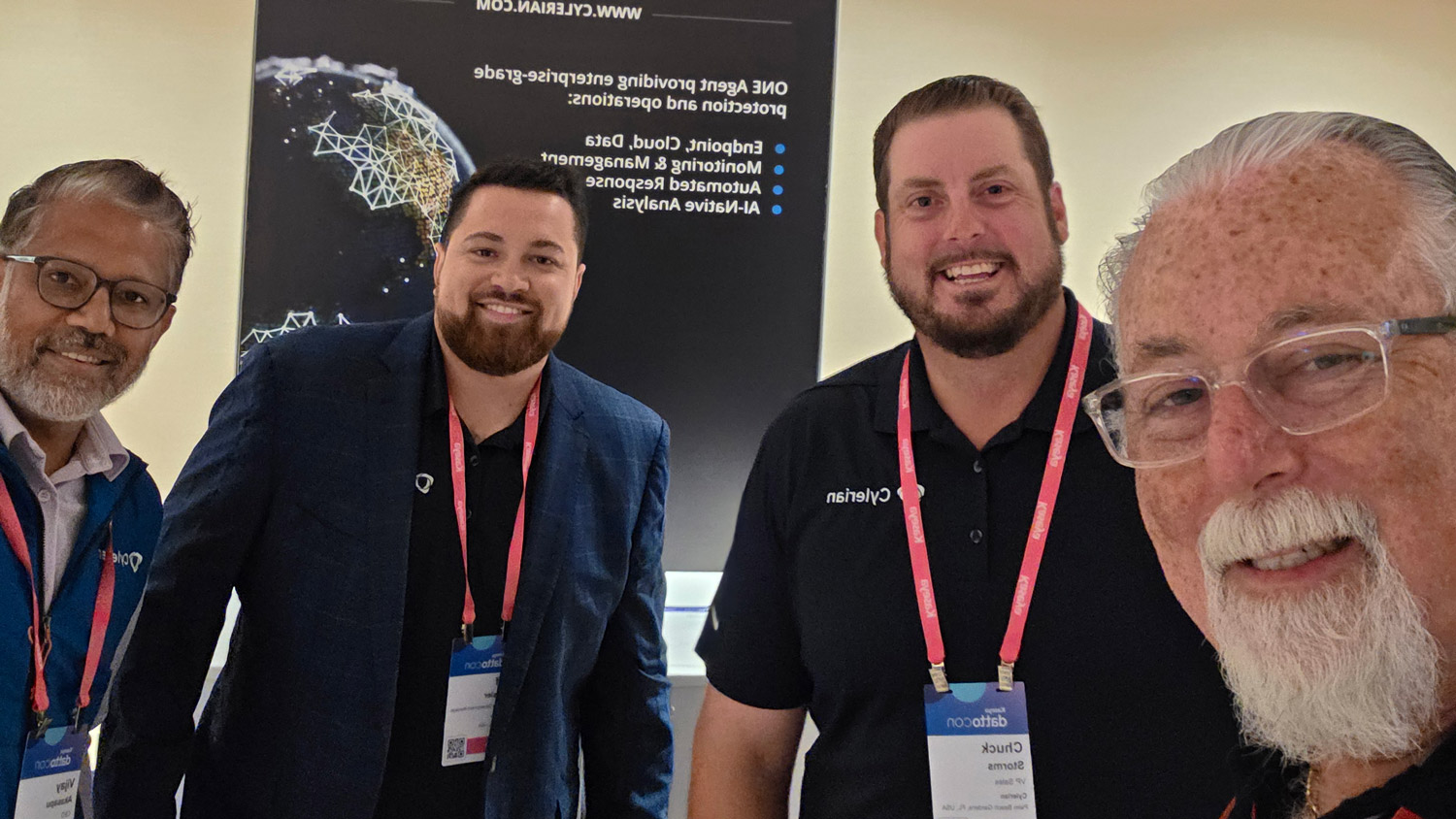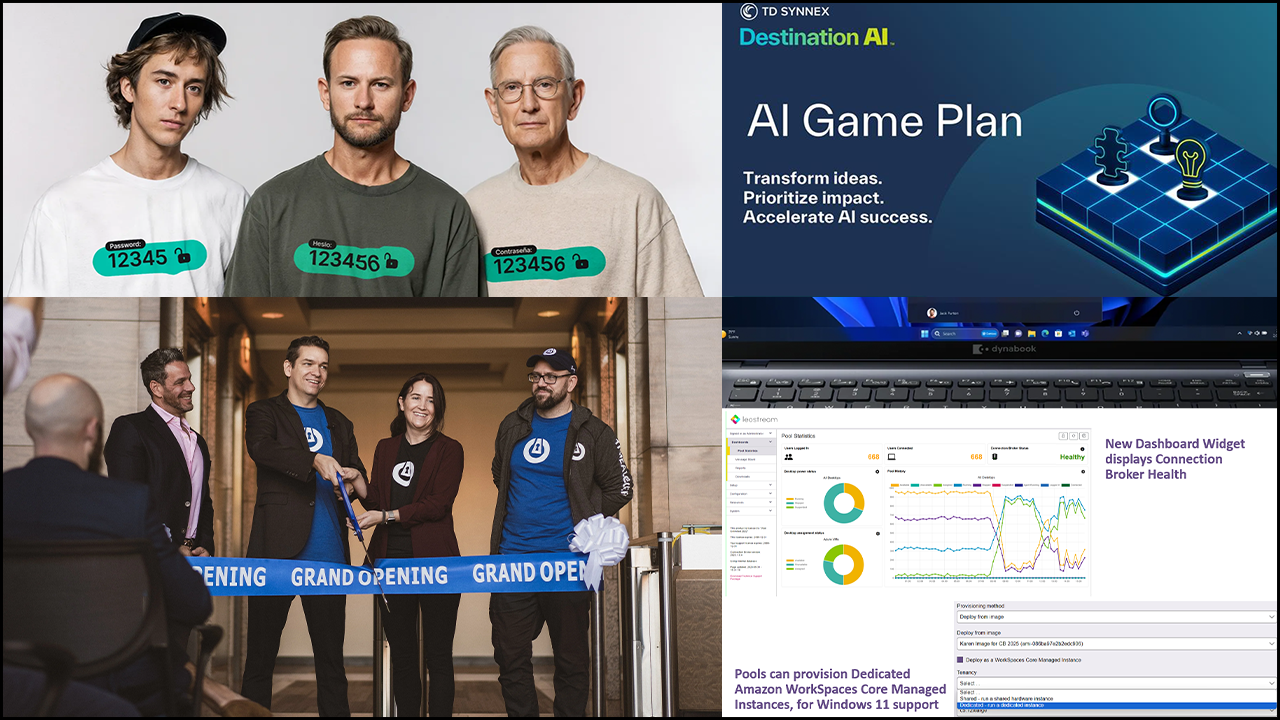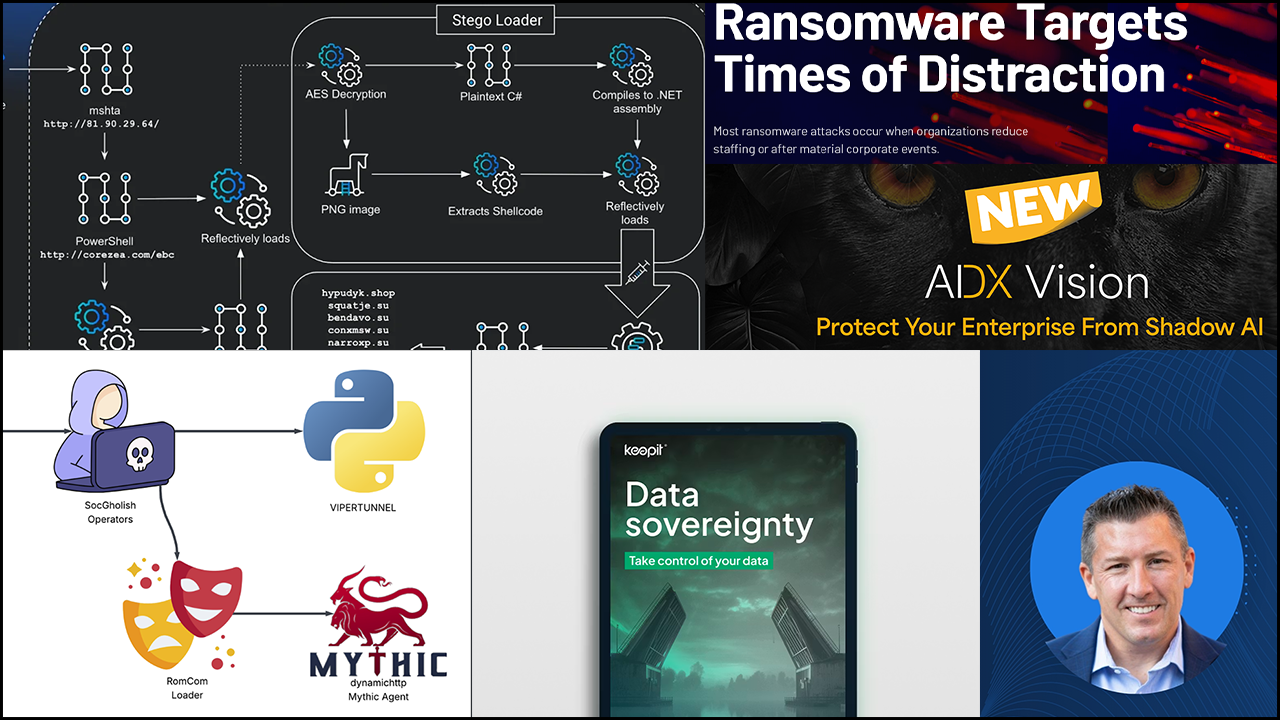The AI revolution is here — and that means it’s time to look at how to include it in cloud migration strategies. Across industries, tools like Microsoft Copilot and other generative AI software are setting new standards for productivity, collaboration, and automation. As AI tools fundamentally reshape work, cloud infrastructures and migrations are changing, too. As a result, the appropriate infrastructure must be established to fully maximize AI capabilities.
Cloud Migration That Works for AI: 5 Steps to Get It Right
Forward-thinking organizations should future-proof with flexible cloud technologies and strategies. These will ensure that they continue to harness AI’s transformative power. Migrations are an important first step in this process and companies should embrace five effective strategies to optimize cloud migrations for the next generation of AI tools.
1. Embrace AI’s Growing Role in Cloud Environments
As businesses adopt AI tools to enhance efficiency, decision-making, and customer experiences, cloud migrations are often a critical step in the process. Whether organizations need to move systems to the cloud, merge tenants, or consolidate environments due to acquisitions or divestitures, the right infrastructure must be in place to unlock AI’s full potential.
AI requires significant computing power and scalable cloud infrastructure to function effectively. Advanced machine learning (ML) models demand high GPU/CPU capacity. Migration plans must account for these needs to support complex AI workloads.
Additionally, AI thrives on large datasets, so cloud environments must enable real-time access to vast pools of data while providing seamless sharing capabilities across business units.
Migrations also lay the foundation for AI’s automated workflows and integration capabilities. AI-driven repetitive tasks and decision-making processes rely on modernized cloud environments. Outdated infrastructure limits AI’s ROI, stifling both productivity and innovation. To fully realize the benefits of AI, businesses must prioritize migrations that create robust, scalable environments tailored to AI’s demands.
2. Show SMBs How You Can Guide Their AI-ready Cloud Journey
As AI adoption accelerates, MSPs have a unique opportunity to lead the charge in helping SMBs modernize their cloud environments to support emerging technologies. Rather than positioning themselves as just a technical service provider, MSPs should frame their offerings as strategic partnerships that unlock AI’s full potential.
Highlighting your AI and cloud migration expertise is key. Show SMB clients how you simplify complex transitions — such as moving emails, documents, and user accounts between platforms like Microsoft and Google — while minimizing disruptions. Demonstrating your ability to centralize data, consolidate tenants, and modernize infrastructure reassures clients that their cloud environments will be secure, scalable, and optimized for AI.
This is also your chance to position your services as growth enablers. Emphasize how a modernized cloud foundation supports AI-driven workflows, smarter decision-making, and personalized customer experiences. By offering tailored strategies and clear ROI narratives, you help SMBs see cloud migration as more than an IT expense. It’s an investment in future innovation.

Aaron Wadsworth
3. Assess Migrations for AI Compatibility
An initial migration assessment is critical in evaluating what needs to be moved, including file sizes, user counts, data volumes, and determining timing and cost. This process helps determine if the client’s infrastructure is ready to support AI initiatives effectively.
Assessing the data handling capabilities also ensures that the environment can manage the large datasets required for ML and other AI-driven insights. These assessments help identify potential bottlenecks in AI performance and scalability. This is to make sure that the infrastructure can support large datasets and integrate AI applications seamlessly with existing systems.
These data points help MSPs and clients understand a migration’s scope and potential cost implications. Even though some assessments don’t directly measure AI readiness, they provide necessary insights for a future built around AI.
4. Implement a Phased Approach to AI-focused Migrations
A well-executed migration not only integrates AI capabilities — it also optimizes them. A phased, AI-focused migration can reduce the risk of data loss and minimize downtime while ensuring that each step optimizes AI.
There are four key stages to this AI-driven approach:
- Conduct an in-depth analysis of the current infrastructure. This allows providers to identify gaps in AI integration material.
- Consolidate and optimize environments by merging tenants, standardizing environments, and streamlining data storage. This maximizes AI efficiency while also optimizing data accessibility and sharing, all of which facilitate AI-driven insights.
- After merging tenants, rigorously test AI applications in the new environment. This ensures seamless integration and functionality while validating performance benchmarks like processing speed, data-retrieval time, and AI model accuracy.
- Once the new environment is running, look to the future. Implement monitoring systems to track AI performance and identify areas for improvement. Regularly updating cloud environments is key to adapting new AI capabilities.
5. Reap the Benefits of AI-ready Cloud Migrations
AI is still early in its evolution. Future AI tools promise to reshape business even more quickly. Organizations that prioritize AI compatibility will better capitalize on emerging technologies and avoid costly future reconfigurations.
AI-ready cloud migrations improve an organization’s scalability and flexibility. They also enhance efficiency and productivity, taking advantage of AI’s automation of routine tasks to free up employees to focus on higher-value activities. AI-ready environments can easily scale to meet growing data and processing demands without requiring disruptive upgrades.
Stay Competitive for the Future
As AI reshapes business technology, smart organizations will take this as a cue to future-proof cloud migrations. IT service providers, in turn, need to adopt strategies that ensure cloud environments can handle the demands of next-generation AI tools.
To stay ahead of these fast-moving changes, MSPs must leverage comprehensive assessments, phased migrations, and continuous support to stay agile and ready for the future of AI innovation.
Aaron Wadsworth, general manager at BitTitan, is a seasoned leader with nearly two decades of experience in high-tech sales and executive management. His expertise lies in company management, team empowerment, and customer success.
Featured image: iStock












